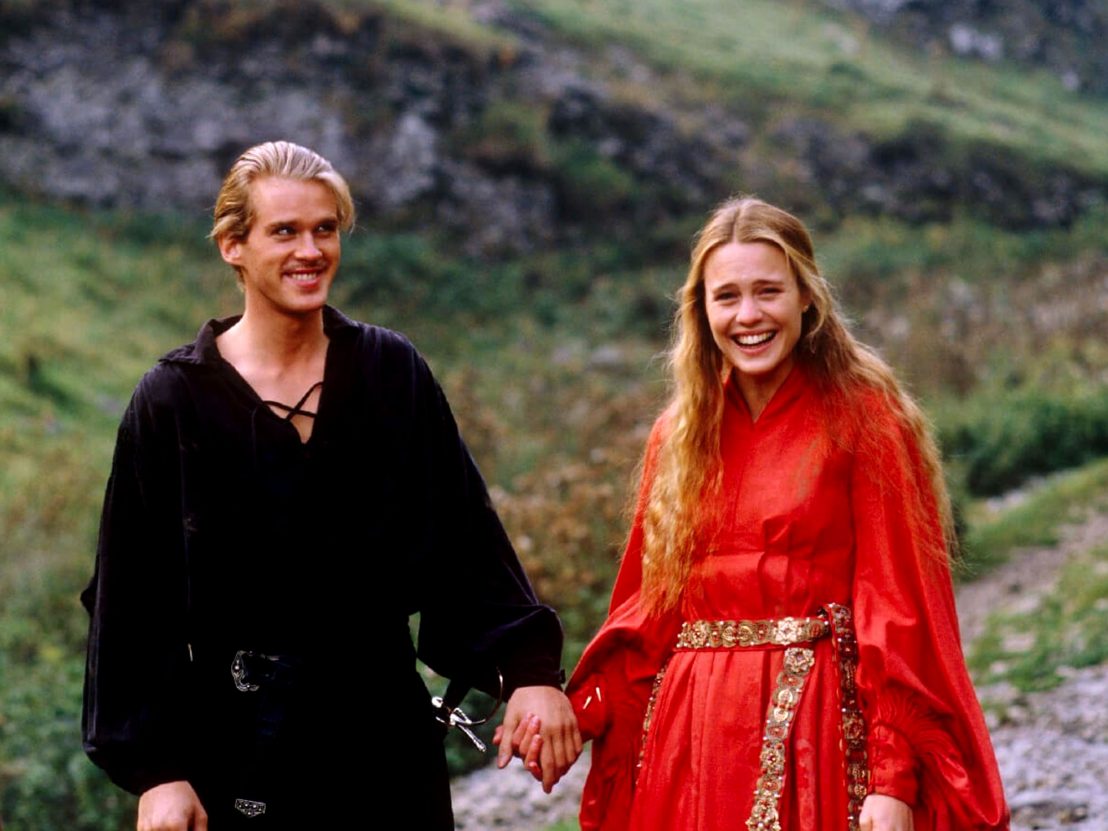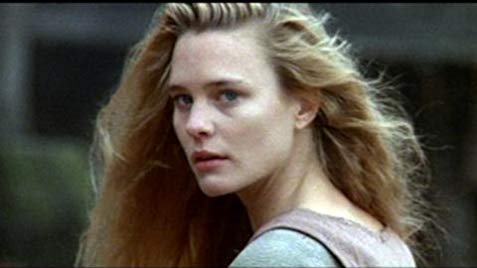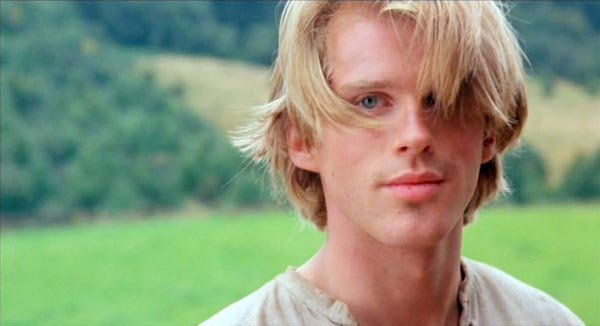So far in our study of The Princess Bride, we’ve seen several conventional and unconventional elements that make up its signature style of storytelling. From having some classically structured characters, like Westley, Buttercup, and Humperdinck, to nontraditional roles, like Fezzik, Inigo, and Miracle max, there is a wide array of people to explore in The Princess Bride. While we’ve looked briefly at the actual structure of the story, however, we’ve focused mostly on the characters that make up the story’s cast. In our examination of the bones of the story, we’ve seen that in most aspects it’s pretty typical, but for the sake of saving the best for last, we haven’t discussed one major unconventional aspect of the style in The Princess Bride. That’s what we’re looking at today: the uncommon humor that’s made this story so memorable for audiences young and old.
The humor found in The Princess Bride, in the film at least, begins before the book is ever opened. We are introduced to a setting that is far from the land of Florin: the bedroom of a sick little boy who is being visited by his grandpa. The stubbornness of the boy to not enjoy a “kissing book” matched by the stubbornness of his grandfather to finish said book provides hilarious injections into the story. The grandson complains about normally enjoyable elements of the story until the very end, and approves pieces of the story that typical viewers would not (see “Killed by pirates is good!”). The whole dynamic between these two family members and the story that they’re bonding over sets the scene for the even more outrageous humor found within the book’s pages.
Once we do get to the humor found in the actual story, though, we are far from disappointed. A big piece of what makes the storyline within the book is its relation to the grandfather and grandson enjoying the story along with us. The two of them are there to accentuate the already comical events of the story. I call the events of the story comical not only because they are so dramatically distant from those in real life, but also for how positively dramatic and serious the character’s reaction to the circumstances are. When the audience is already laughing at how quickly and bluntly we were told that Westley was killed by pirates, Buttercup only heightens the humor of the situation by “locking herself in her room” and declaring that she would “never love again”. Now, I understand that these circumstances were not in any way comical to first-time viewers who enjoy being wrapped up in a good story, but let’s be honest: the delivery and the outlandishness of it all is kind of funny. We see this type of dramatic seriousness in the rest of the story, from Inigo and Westley’s sword fight to the Fire Swamp and still to the palace of Humperdinck. It’s almost as if the characters themselves are working overtime to stay serious in the face of what’s happening around them.
Then we hit the point in the story where we meet Miracle Max. If the rest of the characters were trying to hold it together despite their circumstances, Max gave up on that a long time ago. He blatantly finds the prospect of ruining Humperdinck’s life hilarious, and doesn’t attempt to hide his humorous quirks. He’s only half serious about even his miracles, stopping in the middle of explaining his miracles to talk about MLTs and advising against swimming after getting a miracle from him. To top off the humor of the story, We’re met with the “Impressive Clergyman” (yes, that’s how he’s listed on IMDb). Although not intentionally comical like Max, his speech impediment and the serious reactions he reaps from the Humperdinck and Buttercup never fail to send audiences into fits of laughter. How Humperdinck could be so mad and Buttercup act so depressed in the face of the hilarity of the clergyman still baffles me.
I believe that all the ‘stereotypical’ elements of The Princess Bride were crafted that way intentionally. All elements of this cult-classic point and add to the humor that’s so widely recognized and enjoyed, and if a single part had been altered, it just wouldn’t be the same. As is tradition with the last post of the month, I will announce the next story of the month, but first I have a not as fun announcement to make. Due to circumstances of life beyond my control, my life has been a little out of control lately, and I need a month to get things sorted out and get standing on my own two feet again. Which is why I will not be making posts in February of 2019, but instead will resume in March 2019. I hate to make this call, but I don’t believe my posts would have been the quality that I demand of myself for my readers had I continued on through February. Once we return in March, we will begin a series that I am very much looking forward to: We will give an in-depth look at The Chronicles of Narnia! C.S.Lewis is one of my all-time favorite authors, and The Chronicles of Narnia have impacted my life in too many ways to count. I hope to see all of us regrouped and ready to dive into the story of Narnia Lewis graced us with in March. Goodbye for now, story addicts. I will return in little more than a month’s time!





